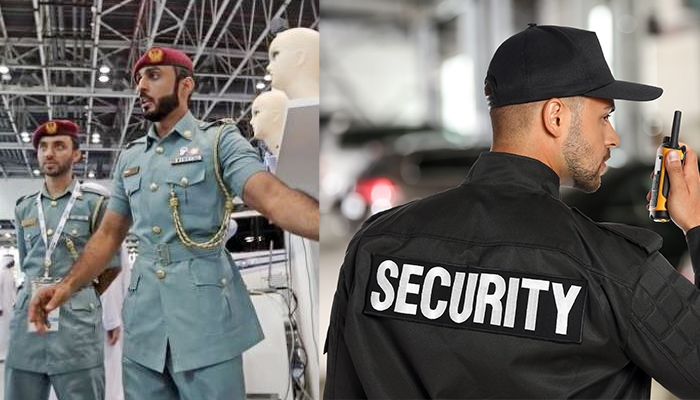

Blogs
Collaborative Strategies for Public Safety Enhancement: Uniting Security Guards and Law Enforcement

In the contemporary landscape of evolving threats and criminal activities, the strategic alliance between private security guards and law enforcement agencies is pivotal in safeguarding communities across the world. This synergistic approach strengthens public safety measures, bolsters crime prevention efforts, and expedites responses to emergencies.
Insights from Reports and Statistics
The "Report of Operation Partnership: Trends and Practices in Law Enforcement and Private Security Collaborations," published by the Law Enforcement-Private Security Consortium, highlights the significance of collaboration.
In 2022, approximately 24 active partnerships between law enforcement and private security agencies were reported. These partnerships addressed diverse concerns, ranging from counterterrorism to urban revitalization.
As an example, the New York Police Department's Shield Program, one of the largest formal partnerships, boasts nearly 20,000 members across 50 U.S. states, 54 countries, and over 7,000 organizations, primarily focusing on counterterrorism through information sharing and training.
Advantages of Collaboration
Collaborative efforts between private security and law enforcement offer numerous benefits, including:
- Information Sharing: Exchange of intelligence facilitates proactive risk assessment and mitigation.
- Training: Cooperative sessions enhance operational understanding, leading to improved responses during crises.
- Joint Operations: Teaming up enables targeted interventions for combating crime and terrorism, enhancing efficiency.
- Event Cooperation: Providing security at events promotes community trust and positive relationships with law enforcement.
- Partnerships: Mutually beneficial arrangements deliver specialized services tailored to specific needs.
- Coordination: Aligned objectives empower teams to manage risks effectively and allocate resources efficiently.
- Trust Development: Open communication and respect build trust between security guards and law enforcement officers.
- Liaison Appointments: Designating liaisons ensures consistent communication and collaboration.
- Written Agreements: Formalized agreements clarify roles, responsibilities, and protocols.
- Meetings Attendance: Regular gatherings facilitate discussions on shared goals and challenges.
- Workshops: Educational initiatives enhance professional capabilities and response readiness.
Challenges and Solutions
Despite benefits, challenges such as information sharing barriers, mistrust, role ambiguity, and resource constraints hinder collaborative progress.
Solutions include establishing effective communication channels, trust-building initiatives, role clarification, and maximizing existing resources.
Future Prospects
Investment in collaborative efforts promises enhanced public safety outcomes. Organizations like ASIS International's Law Enforcement Liaison Council and the International Association of Chiefs of Police's Private Sector Liaison Committee actively promote partnerships. By leveraging collective expertise and technology, law enforcement and private security can achieve unprecedented vigilance and resilience, protecting communities worldwide.
